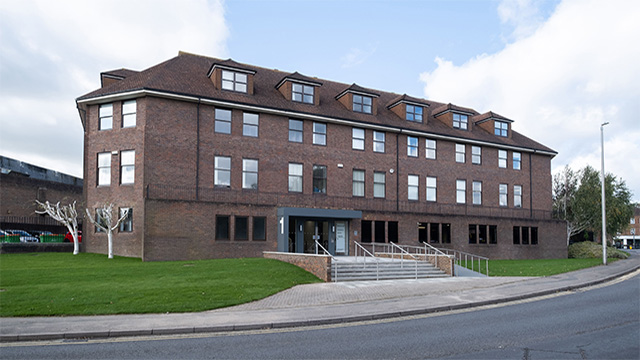Why leisure alone can’t save the casual dining sector
News
by
Ashley Blake, chief executive, Otium Real Estate
COMMENT: Leisure has been touted as the solution to problems in the retail property sector. However, its status as a superhero has been dented by the negative news coming from the casual dining sector, says Ashley Blake, chief executive, Otium Real Estate.
The leisure sector is not immune to boom and bust or oversupply but too many in the property and catering sectors have wanted to believe otherwise over the past six years.
Despite the troubles of the casual dining sector, pubs, upmarket bars, express food, dessert parlours and drive-throughs have had a strong 12 months, with lots of operators looking to expand. Consumers are still spending on food and drink but in different ways.
COMMENT: Leisure has been touted as the solution to problems in the retail property sector. However, its status as a superhero has been dented by the negative news coming from the casual dining sector, says Ashley Blake, chief executive, Otium Real Estate.
[caption id="attachment_914059" align="alignright" width="150"] Ashley Blake[/caption]
The leisure sector is not immune to boom and bust or oversupply but too many in the property and catering sectors have wanted to believe otherwise over the past six years.
Despite the troubles of the casual dining sector, pubs, upmarket bars, express food, dessert parlours and drive-throughs have had a strong 12 months, with lots of operators looking to expand. Consumers are still spending on food and drink but in different ways.
It seems the British public like nothing more than going to a drive-through. It’s getting harder to let a coffee shop in a town centre, but coffee operators are fighting for drive-through sites as they join brands such as McDonald’s, KFC, Burger King and Greggs in going after these locations.
In the small to mid-size leisure box sector of 4,000 sq ft – 15,000 sq ft, we have seen users such as gyms, health class studios, escape rooms, mini-golf, children’s play, gaming/virtual reality and competitive socialising expanding rapidly.
I believe we will see more health and physical activity leisure formats in the next 5-10 years. The consumer is constantly looking for things to do out of the home and wellbeing is becoming a strong theme. This will spread into more healthy restaurant brands and existing operators continuing to add healthier items to their menus.
Leisure has a built-in resistance to the sort of technological and structural decline we are seeing in retail. Most leisure operators need physical space, so once oversupply rebalances, its sectors can bounce back.
The problem is rents. At their peak, restaurateurs were paying rents that supported development costs. Their rents also subsidised building anchors such as cinemas or bowling alleys but non-restaurant leisure operators pay rents below retail warehousing, closer to industrial or secondary office levels.
A bit like Superman recovering after the kryptonite is taken away, the restaurant sector will be back, but its troubles are a reminder to the property industry that too much of a good thing is bad for you and retail-led developments need alternative uses such as residential, community and offices to help them survive the age of internet shopping.
Leisure on its own can’t do all the heavy lifting, despite having property super-powers.










